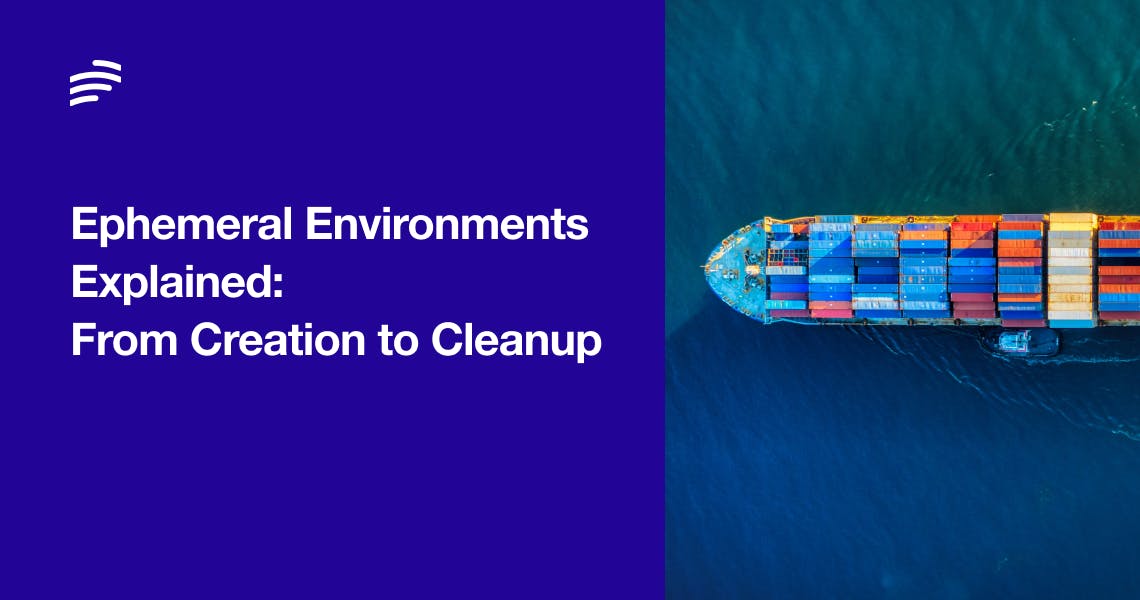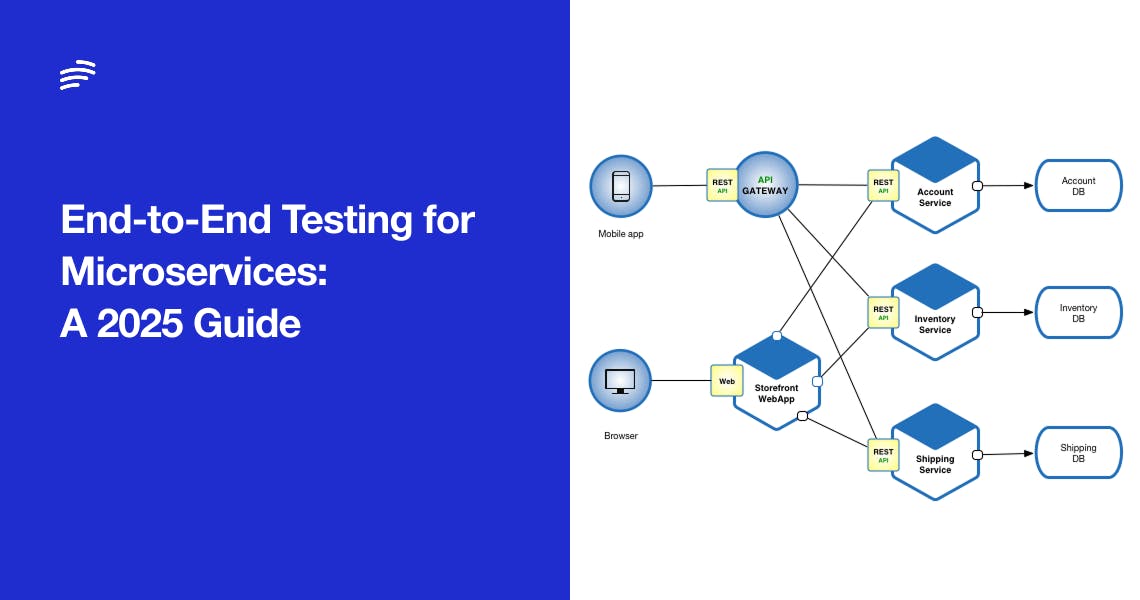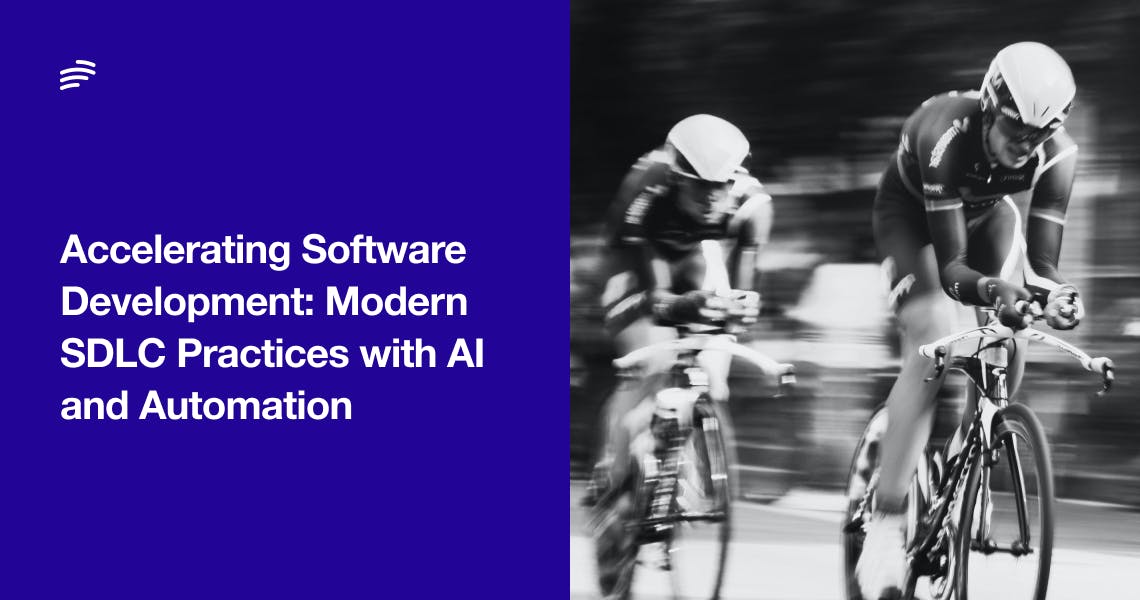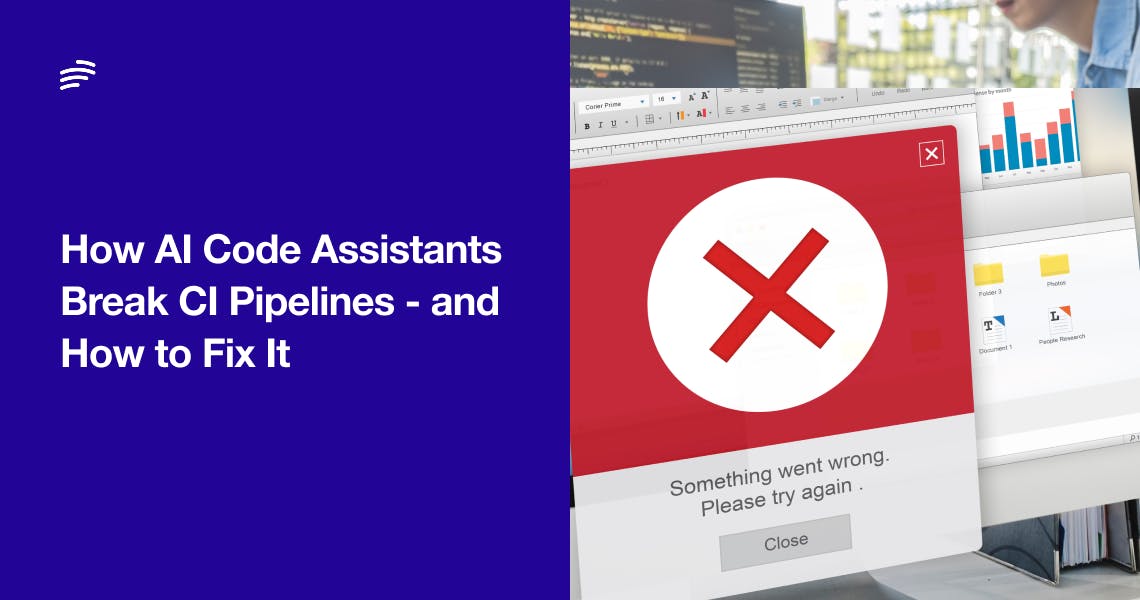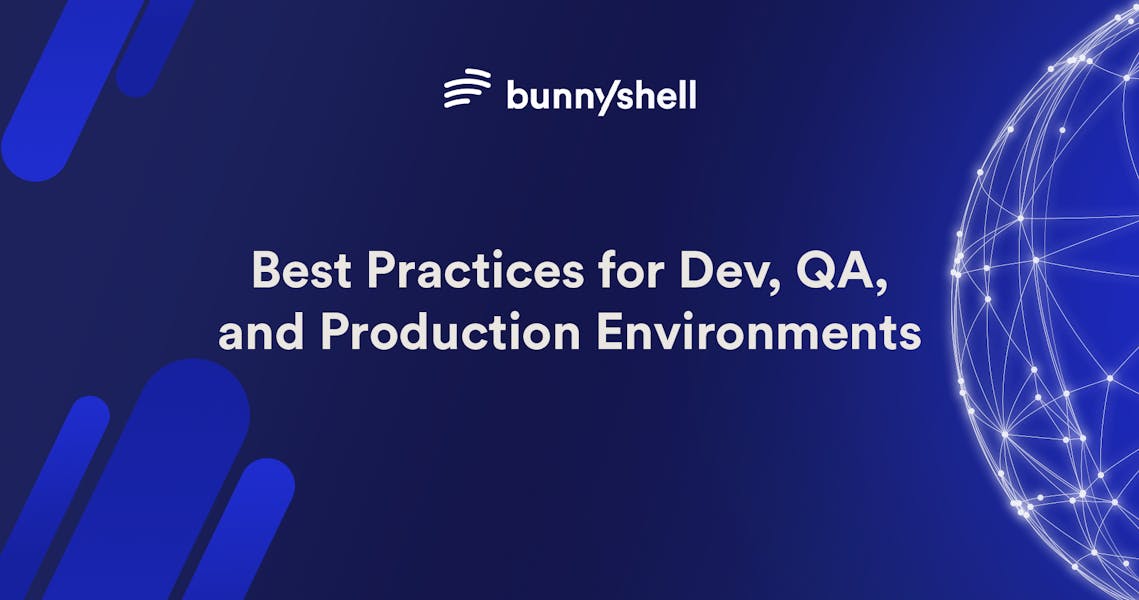Ephemeral environments turn ideas into running systems in minutes, not days. They give every pull request a full-stack home with real URLs, real data, and production-grade routing. When a feature is approved or closed, the whole thing vanishes cleanly. That rhythm, create, test, update, pause, destroy, changes how teams ship software.
Read moreEnd-to-end testing in microservices can make or break your release velocity. This comprehensive guide explores how engineering leaders can balance quality and speed in 2025 by rethinking E2E testing strategies. From orchestrating services and taming flaky tests to leveraging full-stack preview environments (with platforms like Bunnyshell) for every pull request, we delve into best practices to ensure your distributed system works flawlessly – without grinding development to a halt.
Read moreIn today’s AI-driven world, SaaS startups can’t afford to stick to outdated development workflows. This article explores how modern teams of 5–20 developers can dramatically boost velocity by combining AI assistants like ChatGPT, code copilots like Cursor, preview environments with Bunnyshell, and smart Git workflows. Packed with practical advice and comparisons to legacy SDLC methods, it’s a must-read playbook for any team that wants to build faster without breaking things.
Read moreWe’re approaching a future where AI - not humans - writes, tests, and deploys software. This post explores the shift toward zero-engineer development, driven by tools like Cursor, Bolt.new, and Windsurf. It examines the enterprise barriers - trust, competence, and context—and highlights how platforms like Bunnyshell enable instant, isolated environments for testing and deploying AI-generated applications. As deployment becomes frictionless, the winners will be those who own the smartest AI and the infrastructure to support it.
Read moreAs startups outgrow Heroku in 2025, the need shifts from just deploying code to testing it faster and safer. This guide compares top Heroku alternatives: Bunnyshell, Render, and Fly.io - with a focus on preview environments, QA automation, and per-PR testing workflows. Ideal for startups using GitHub Copilot, Cursor, or Windsurf to generate code quickly and looking for modern tools that match that speed with confidence.
Read moreShared staging environments may seem convenient, but in fast-moving teams using GitHub Copilot or Cursor, they quickly become the bottleneck. This article breaks down the hidden costs - wasted dev time, delayed QA, fragile infrastructure - and explains why per-PR preview environments are the better solution. Built for 2025 startups that ship fast and test smarter.
Read moreAI tools like Copilot and Cursor help developers move fast, but they also introduce fragile code that can quietly break CI pipelines. In this post, we explore why AI-generated code often passes unit tests but fails in integration - and how ephemeral preview environments per pull request can catch these issues before they escalate. Ideal for startups moving fast with AI and struggling with flaky pipelines, slow QA, or post-merge surprises.
Read moreThis article provides an introduction to Environment as Code (EaaC) and explains how it extends the principles of Infrastructure as Code (IaC) to include all aspects of an application’s environment—services, configurations, and dependencies. It highlights key benefits such as consistent, production-like testing environments, faster development cycles, improved collaboration, and cost optimization. Practical examples demonstrate how teams can spin up on-demand environments for feature branch testing, demos, or parallel staging.
Read more